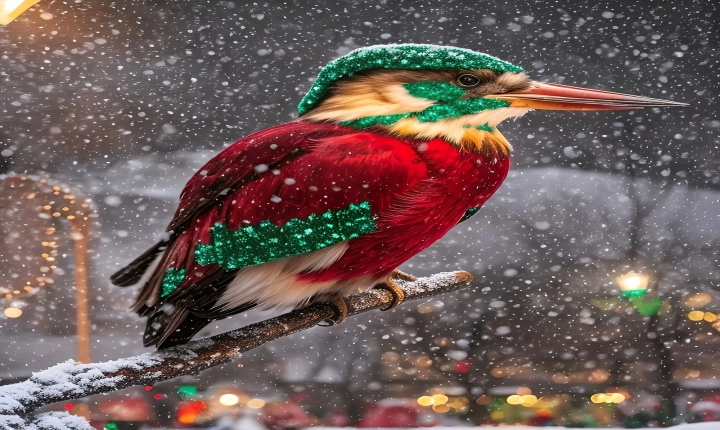Can You Use AI Art for Commercial Use?
Artificial Intelligence (AI) has made significant advancements in the realm of creating art in recent years. AI is now capable of generating high-quality, visually appealing artworks that rival those produced by human artists. This has raised an interesting question for businesses and creators alike: can AI art be used for commercial purposes?
The answer to this question is not straightforward, as it involves various legal, ethical, and practical considerations. Let’s delve into some of the key aspects surrounding the use of AI art for commercial use.
Legal Considerations:
From a legal perspective, the ownership of AI-generated art is a contentious issue. In many jurisdictions, copyright laws are designed to protect original works created by human authors. As a result, there is ambiguity regarding the copyright ownership of AI-generated art. In some cases, the ownership may be attributed to the creator of the AI algorithm, while in others, it may be the user who provides the input data for the AI to generate the artwork.
To navigate this legal minefield, it is crucial for businesses to thoroughly understand the copyright laws in their respective jurisdictions and seek legal counsel before using AI-generated art for commercial purposes.
Ethical Implications:
Beyond the legal aspect, there are ethical considerations that need to be addressed when using AI art for commercial gain. One critical concern is the potential devaluing of human creativity and the arts. It is essential to recognize and respect the artistic efforts of human creators, and to ensure that the use of AI-generated art does not undermine their work or livelihood.
Moreover, there is a need to ensure transparency and honesty when presenting AI-generated art to the public. It is unethical to misrepresent AI creations as the work of human artists, and businesses must strive for authenticity and integrity in their use of AI-generated art.
Practical Considerations:
From a practical standpoint, utilizing AI art for commercial purposes presents its own set of challenges. Businesses need to evaluate the market acceptance and reception of AI-generated art, and whether it aligns with their brand identity and values. Understanding the target audience’s perception of AI-generated art is crucial in determining its commercial viability.
Furthermore, the quality and originality of AI-generated art should be carefully evaluated, as businesses strive to offer unique and compelling products or services to their customers. There may be concerns about oversaturation and repetition when using AI-generated art, so businesses need to ensure that the art they use stands out and offers genuine value to their audience.
Conclusion:
The use of AI art for commercial purposes is a complex and evolving area that requires careful consideration of legal, ethical, and practical aspects. While AI art offers exciting possibilities for businesses to explore new forms of creativity and innovation, it is important to navigate this terrain with a thorough understanding of the implications involved.
As the technology and regulations surrounding AI art continue to develop, businesses should stay informed and conscientious in their approach to using AI-generated art for commercial use. By doing so, they can harness the potential of AI art while respecting the rights and contributions of human creators, and providing genuine value to their audience.
